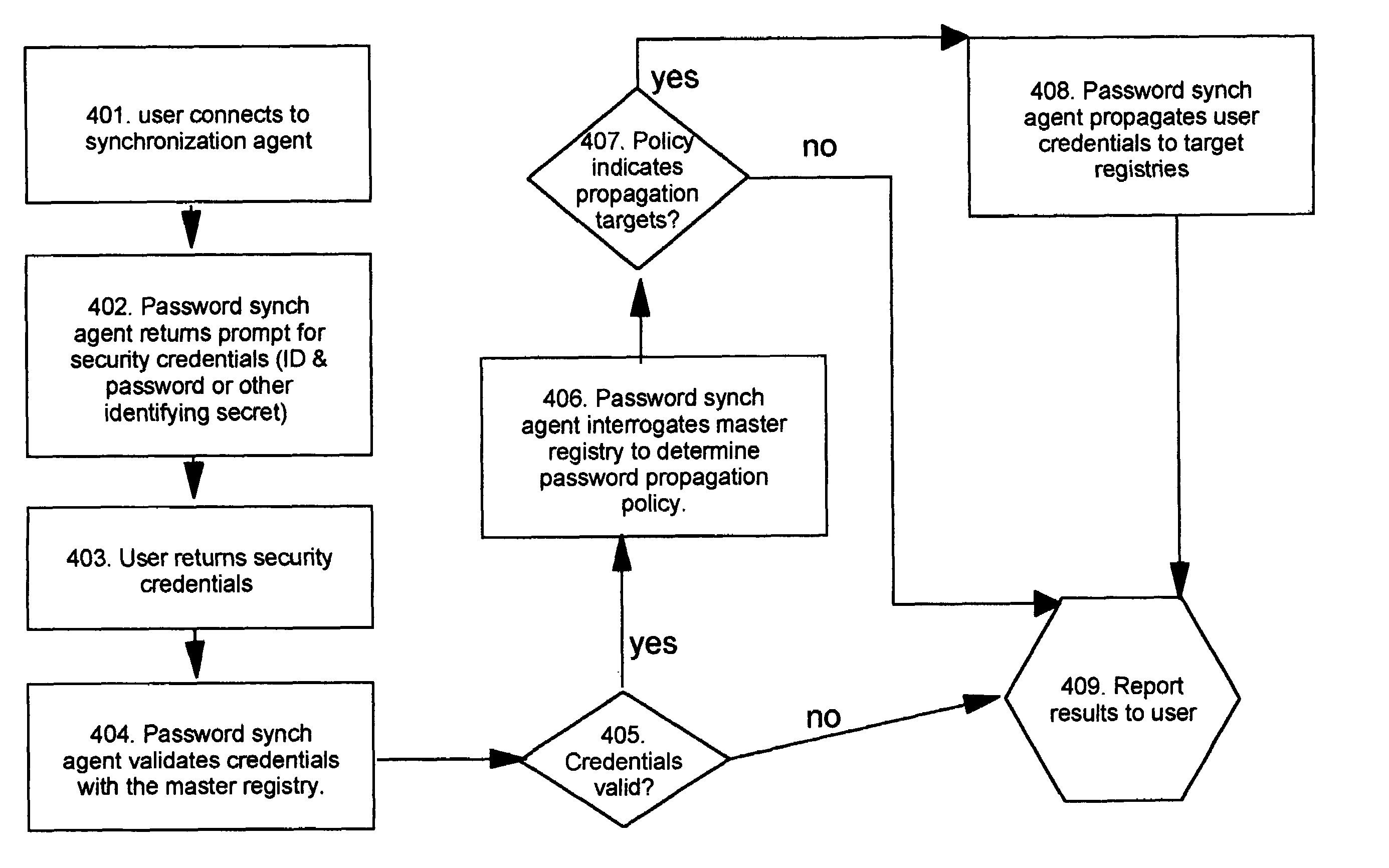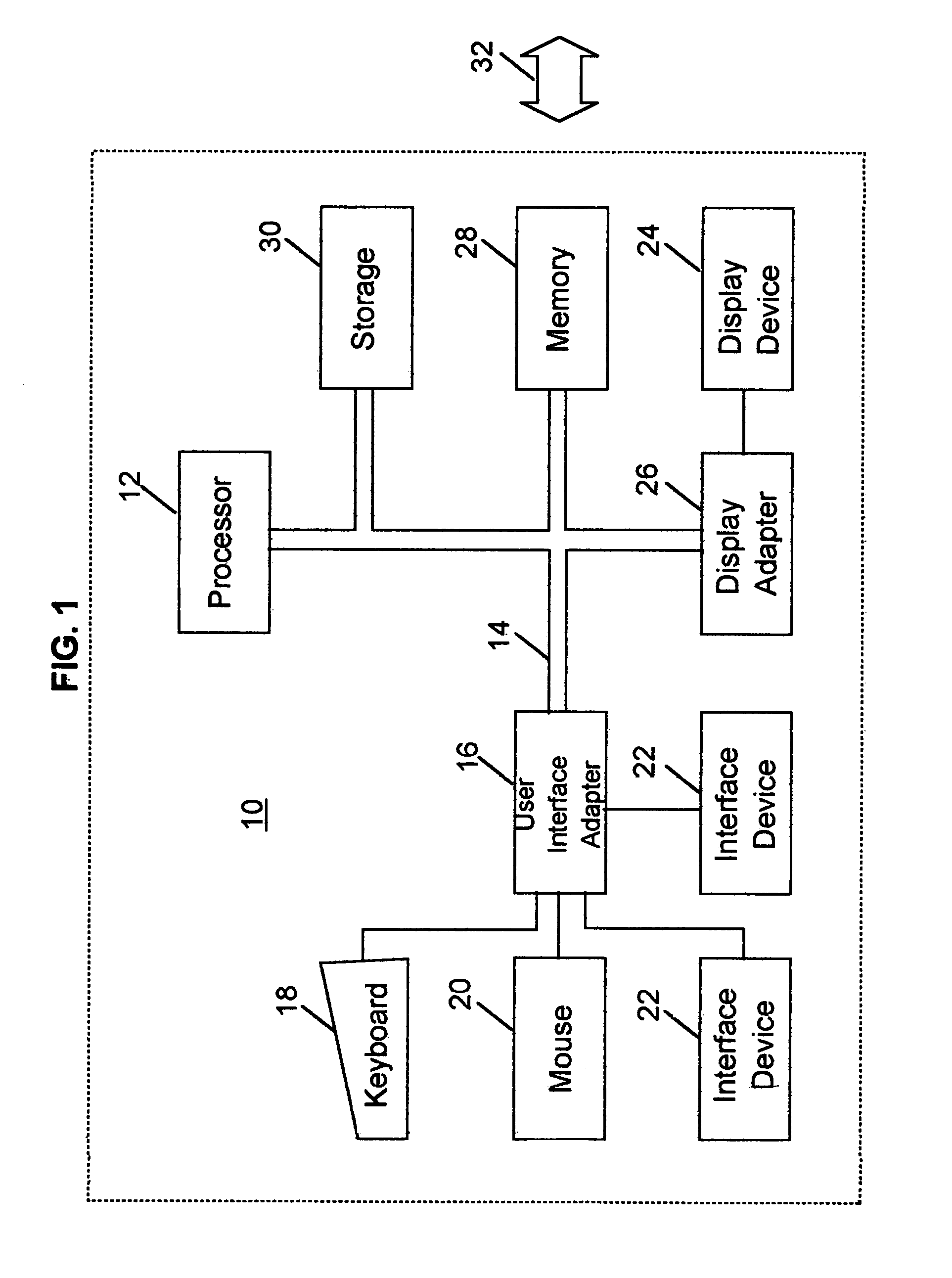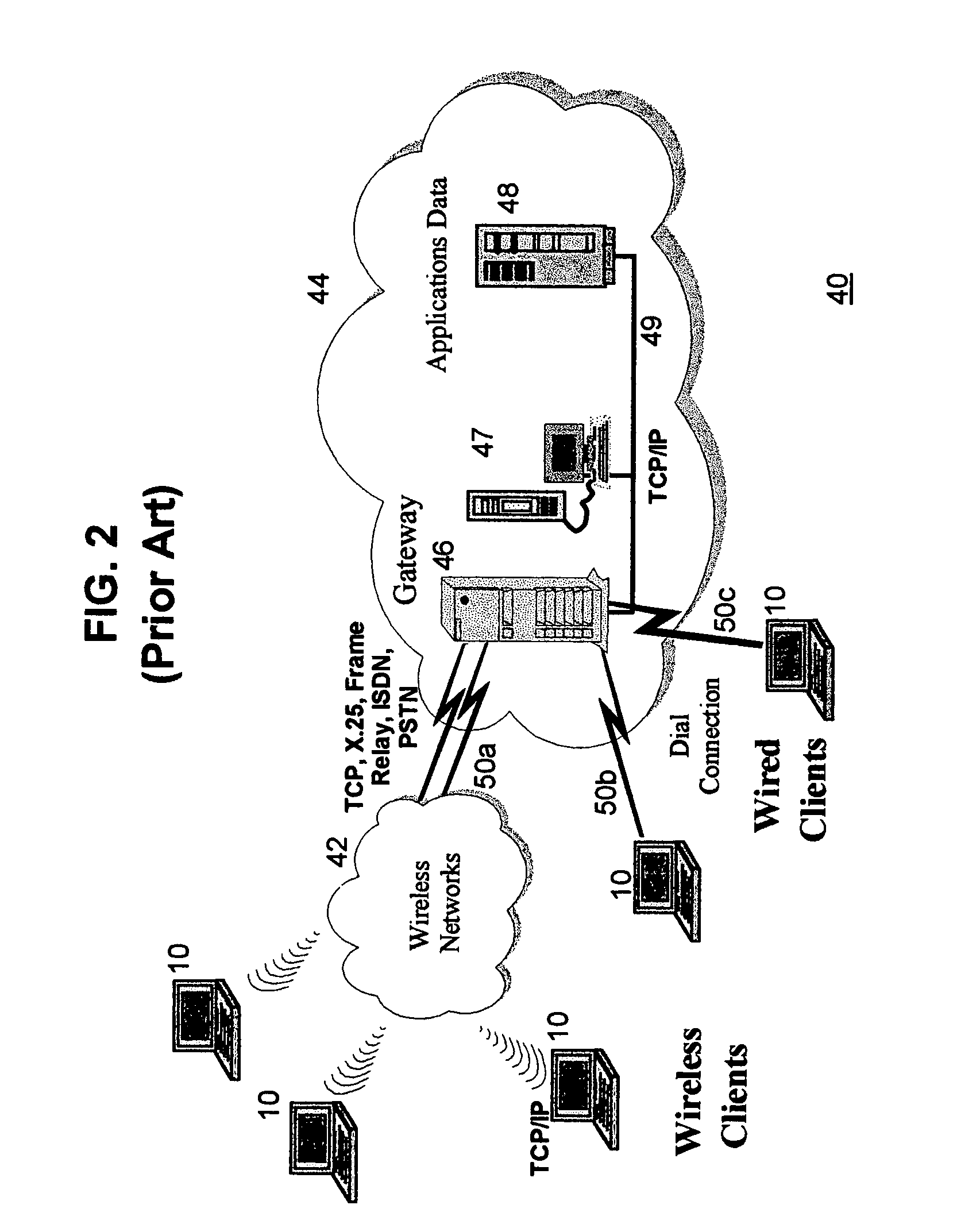Technique for synchronizing security credentials from a master directory, platform, or registry
a security credentials and master directory technology, applied in the field of computer security, can solve the problems of inability to synchronize the security credentials of users, inability to retrieve the existing password value from the registry and preserve, and inability to synchronize the existing password value,
- Summary
- Abstract
- Description
- Claims
- Application Information
AI Technical Summary
Benefits of technology
Problems solved by technology
Method used
Image
Examples
first preferred embodiment
[0054]In the first scenario where the user wishes to propagate his / her credentials from the master registry and knows the associated password value which will authenticate the user to the master registry, prior art techniques do not provide a means for interrogating the master to programmatically synchronize the multiple registries. The registries which are the target of the synchronization may have no previously-stored credentials for this user, or the user may wish to replace any credentials previously stored there in order to synchronize multiple sets of credentials. Thus, the first preferred embodiment of the present invention provides a technique for authenticating the user using the master registry, after which the user's credentials can be propagated as desired. As shown in FIG. 3, a client program 300 (e.g. a web browser, telnet client, or similar program) is used to establish a connection 301 from the user's machine to a password synchronization agent function or program 31...
second preferred embodiment
[0058]In the second scenario where the user wishes to set his / her credentials in the master registry, it is assumed that a different registry exists which is trusted and which has stored credentials for this user. The user may have no previously-stored credentials at the master, or the user may wish to replace any credentials previously stored there (perhaps because the user has forgotten the password value used in creating those credentials) with those stored in the trusted registry in order to synchronize the two sets of credentials. This second preferred embodiment of the present invention assumes that means exist for communicating with the trusted registry to validate a particular user's ID and password. That trusted registry is used to validate that the user is authorized to set his / her credentials in the master.
[0059]As shown in FIG. 5, the user connects 501 to the password synchronization agent 510 using a web browser, telnet client, or other similar client program 500. As in...
PUM
 Login to view more
Login to view more Abstract
Description
Claims
Application Information
 Login to view more
Login to view more - R&D Engineer
- R&D Manager
- IP Professional
- Industry Leading Data Capabilities
- Powerful AI technology
- Patent DNA Extraction
Browse by: Latest US Patents, China's latest patents, Technical Efficacy Thesaurus, Application Domain, Technology Topic.
© 2024 PatSnap. All rights reserved.Legal|Privacy policy|Modern Slavery Act Transparency Statement|Sitemap



